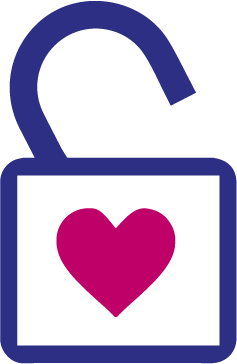We should probably more accurately say ‘what are digital literacies’ as digital literacy comprises a whole set of capabilities that go towards making up something that we might recognise as being digitally literate.
This opening sentence hints at part of the problem around digital literacy. It’s a term bandied about but which either has no real meaning for a lot of people or which means different things to different people.
Health Education England’s Technology Enhanced Learning Programme has, as part of its remit under the HEE mandate from the Department of Health, the task of improving the digital literacy skills of the health and social care workforce. This work is ongoing but we established fairly early on, working with a diverse group of stakeholders, that having a clear definition was important.
Essentially we decided we needed a plain English one sentence definition. We wanted a definition that wasn’t confined to health and social care and that was meaningful to people in all walks of life, work, non-work and stages of life both personal and work-related. We wanted to build on excellent work already in the field – not simply reinvent for the sake of it.
The definition we finally agreed on is this and we hope that this will come to be in widespread use.
“Digital literacies are those capabilities that fit someone for living, learning, working, participating and thriving in a digital society.”
Under this definition are 6 domains that start to break down exactly what those capabilities might look like. We’ll be posting in more detail about those domains in the coming weeks.
Above all, we wanted to emphasise that digital literacy is about people, it has to be person-centred. Also, everything we do digitally must sit within an overarching domain that we’ve called ‘Digital Identity, Wellbeing, Safety and Security’.  We all need to be conscious of the digital or online identities we create and how they can be positive or negative. We need to be sure that the way we operate digitally in every aspect of our lives benefits our own wellbeing and that of others. That might be as straightforward as not being online all the time! It certainly means being respectful and kind in our behaviour to others. It’s also about making sure we don’t compromise our own or others’ safety on line and it’s about making sure that our own data and that of others is secure.
We all need to be conscious of the digital or online identities we create and how they can be positive or negative. We need to be sure that the way we operate digitally in every aspect of our lives benefits our own wellbeing and that of others. That might be as straightforward as not being online all the time! It certainly means being respectful and kind in our behaviour to others. It’s also about making sure we don’t compromise our own or others’ safety on line and it’s about making sure that our own data and that of others is secure.
Here’s our diagram which we hope starts to explain our vision of digital literacy.
